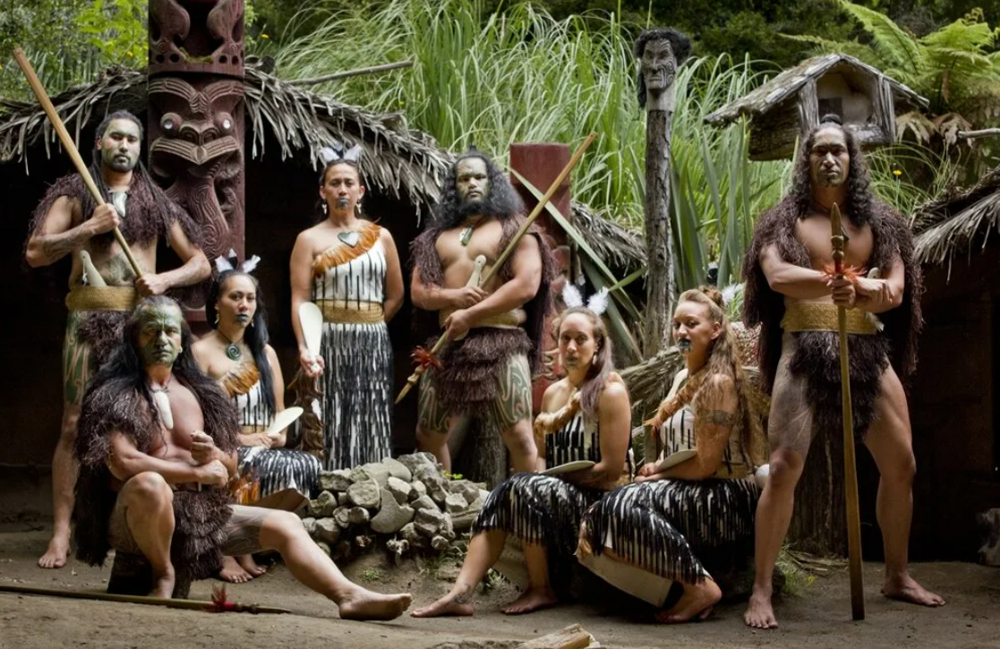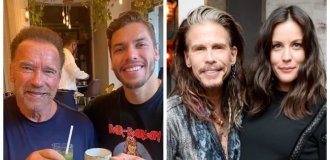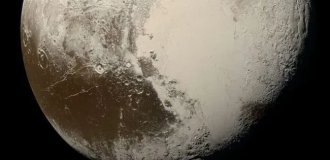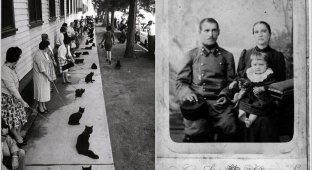Why do indigenous Australians have black skin and indigenous New Zealanders have light skin? (10 photos)
Australian Aborigines have very dark skin, while at the same time their main geographical neighbors, the New Zealand Maori, are much lighter. How did this happen? 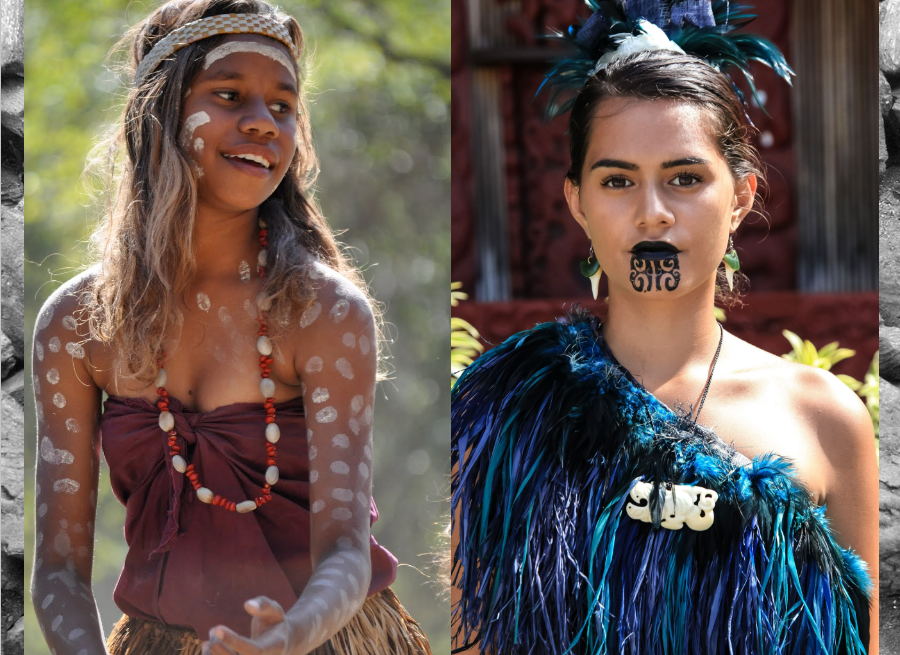
Now let's try to figure it out in detail.
What about the aborigines? 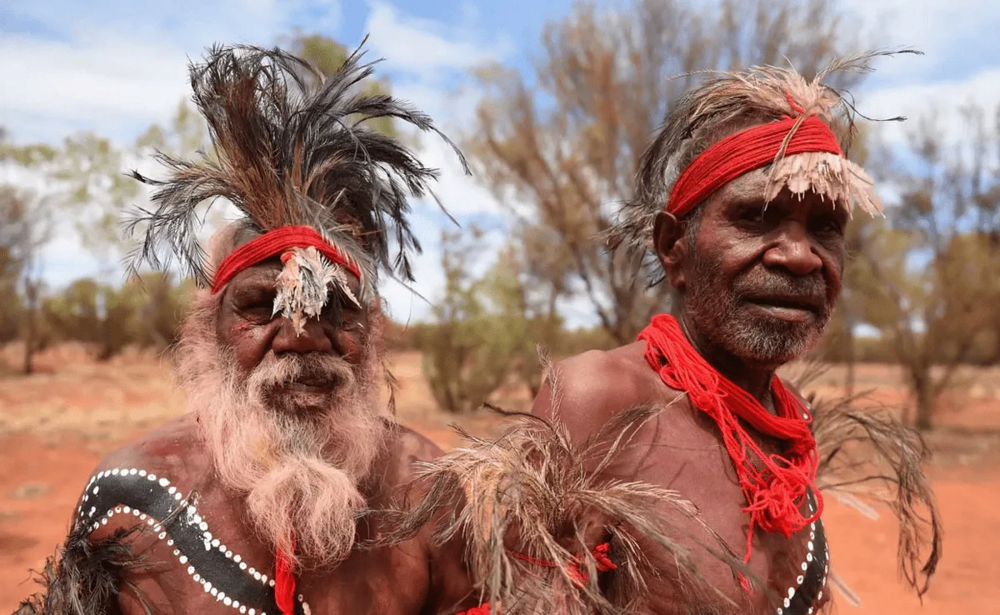
Let me start with the fact that the Australian Aborigines actually represent one of the oldest racial types on earth. This is what the ancient people most likely looked like when they left Africa.
The distant dark-skinned ancestors of modern aborigines made their way to Australia 40-60 thousand years ago. When Europe itself was not really populated by Cro-Magnons. Well, Australia stood much closer to Asia, being united with the island of New Guinea into a single continent, Sahul. 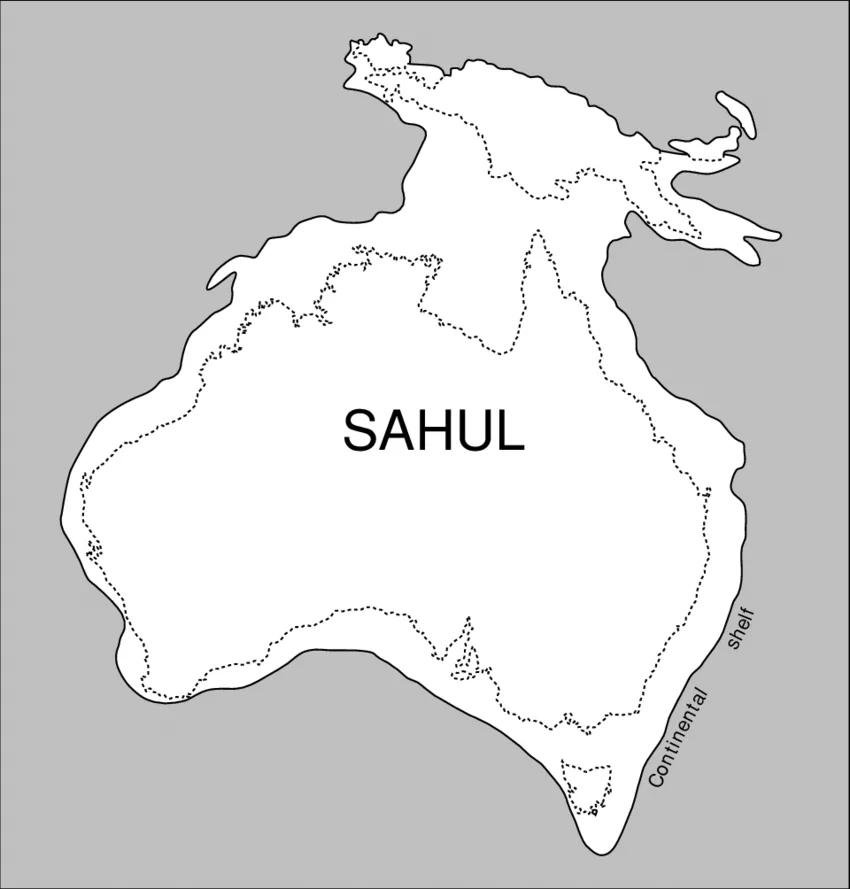
Australian aborigines lived for generations in the Stone Age under the scorching sun of hot Australia, in its vast deserts. For thousands of years they did not mix with any other racial types at all.
Maybe we crossed paths a little with strangers in the very north of the continent near the Torres Strait Islands - with the Malays or Papuans who miraculously wandered here.
The Australian aborigines did not particularly mix with the Europeans who arrived in Australia at the beginning of the 19th century. The indigenous people were too few in number and kind. The whites immediately pushed the local peaceful people to the last margin of life.. 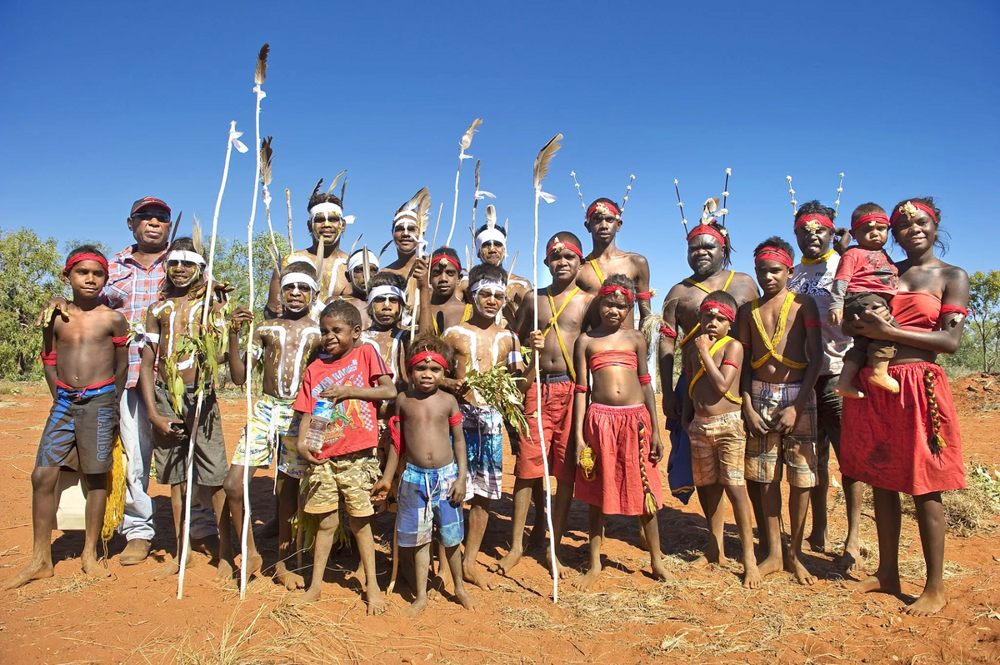
The Australian aborigines had nothing special to lighten up in their deserts
The race of Australian aborigines is called the Great Australoid race. In addition to the indigenous Australians, this group suddenly also includes some peoples of southern India and Indonesia - the Veddas, Bhills, Semai, etc. 
A girl from the Indian Vedda people - her ancestors once took part in the first settlement of Australia
Well, what about the Maoris? 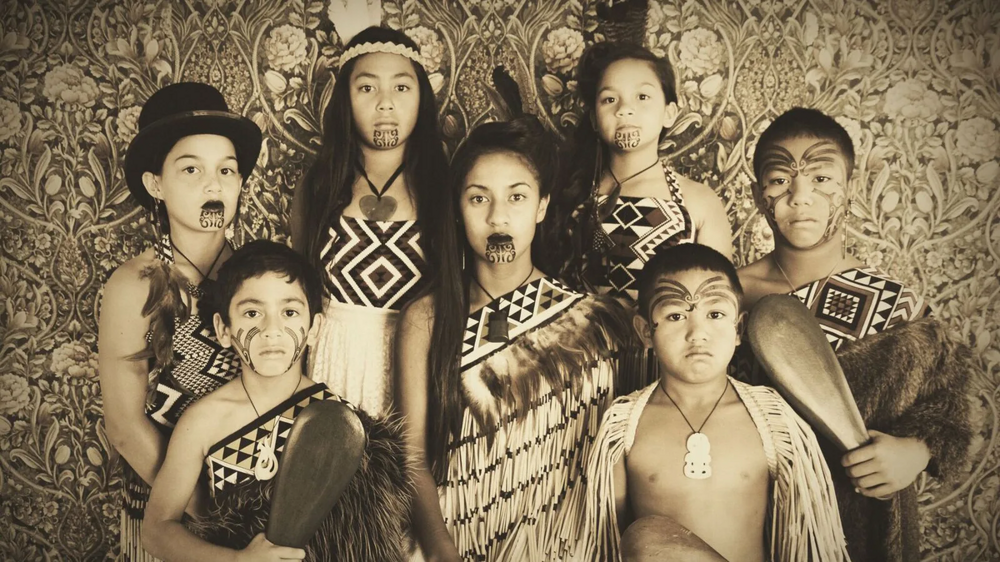
But with the indigenous New Zealanders, the Maori tribes, the situation, I tell you, is completely different. Now I’ll tell you what’s going on here, make yourself comfortable.
Maori are Polynesians. That is, they are directly related to the Hawaiians and other Tahitians, who love to dance to the hula guitar in colorful skirts. Their common ancestral home is the island of Taiwan, from where the Polynesians, who looked like Asians in appearance, set out to conquer the vast expanses of the Pacific Ocean thousands of years ago. 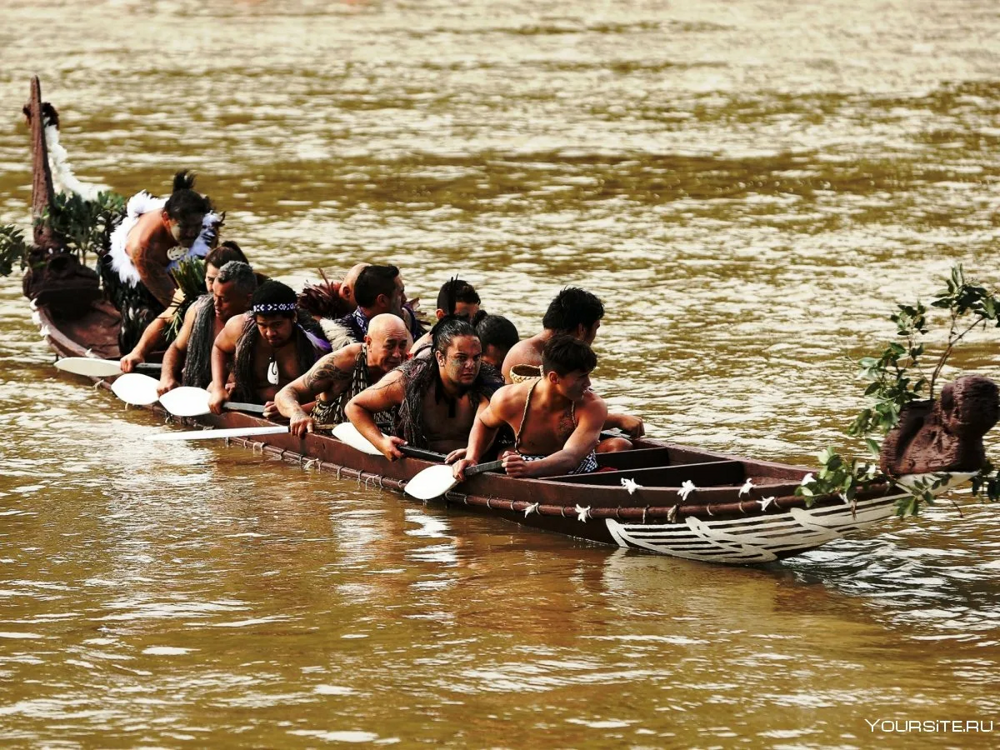
The bronze-skinned ancestors of the Maori on their fragile boats reached New Zealand, according to archaeology, somewhere in the 12th century AD. The islands, by the way, became the last large places in the world to be inhabited by people. 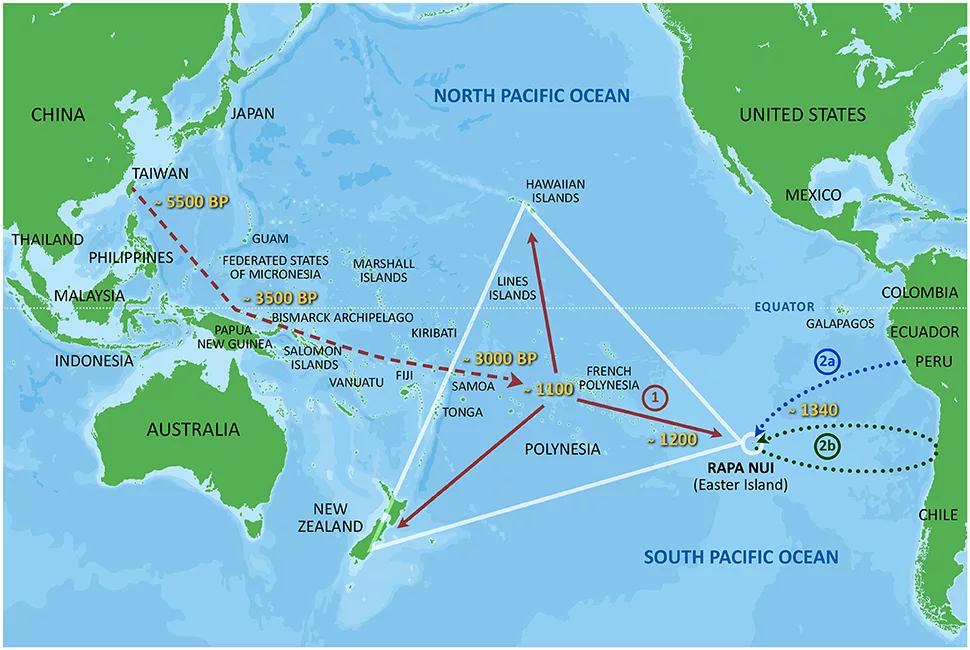
Dispersal of Polynesians across the Pacific Ocean
The Maori named their homeland Ao-tea-roa - which can be literally translated as “the strangeness of the long white cloud.” For the ancestors of the Maoris found these islands precisely by long white clouds on the horizon - a characteristic sign of approaching land.
The New Zealand climate is not particularly hot - fog, rain, mountains. Reminds me of Western Europe in some way. The next stop here is only Antarctica, you understand.
Therefore, the Maori also did not have any special options for going dark in their new cold homeland. More likely, I even had to lighten up a little. 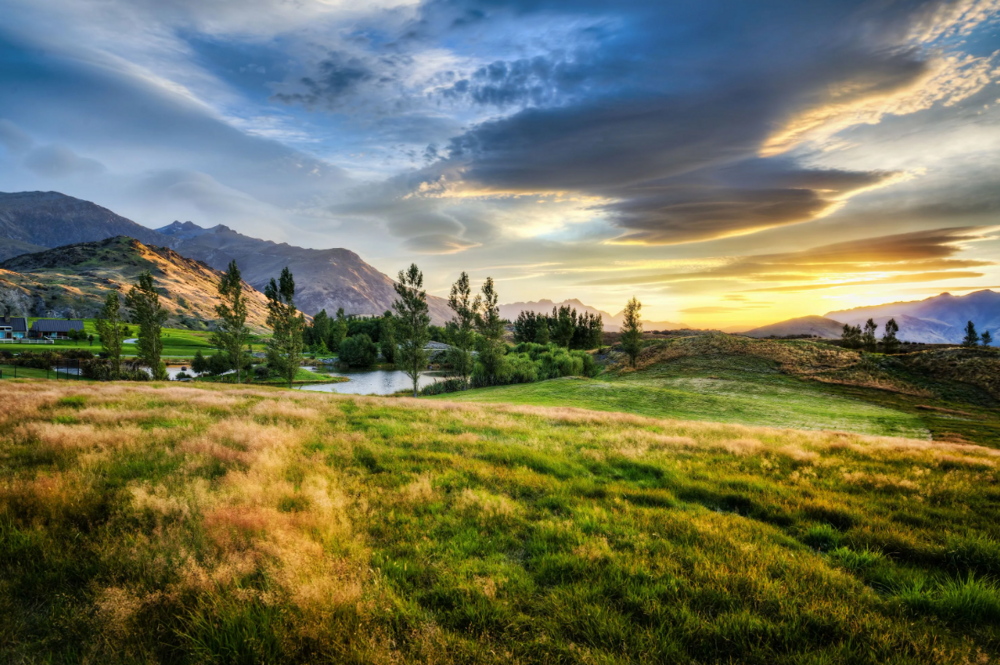
Tataka Hills in New Zealand. A very picturesque and not too hot place
In the 19th and 20th centuries, the warlike Maori were not suddenly driven by Europeans to the margins of history. And they staged a pretty strong armed resistance against the white newcomers. Therefore, as they say, they came into close contact with the overseas colonists. And as a result of the large number of marriages with Europeans in the 20th century, they even became quite white.
Today the Maori belong to their own distinct Polynesian race, transitional between the Australoids, Mongoloids and Caucasians.
I note that in general, Maoris were never considered white people by the standards of the Anglo-Saxons. Especially by the standards of American racists. For example, Yankee soldiers stationed in New Zealand in 1942 were very indignant that the “blacks” here went to the same places as the “whites”. 